Calling Cards VS. Business Cards: A Comparative Study
Have you seen a calling card that's bearing a person's name and address in lieu of a formal social visit? Did you notice the difference between a calling card and a business card?
We're taking a look at the calling card vs. business card debacle to put to rest one of history's most vexing questions; how are they any different? And let me tell, you, they're surprisingly different.
Part 1: Calling Card vs Business Card at a Glance
Here is a brief overview to compare calling cards and business cards:
| Aspect | Calling Cards | Business Cards |
|---|---|---|
| Purpose | Social etiquette of visiting | Professional introduction and networking |
| Era of prominence | 18th - 19th centuries | 20th century to present |
| Content | The person’s name, title, or social affiliation | Name, company, designation, phone number, address, branding elements |
| Cultural significance | Reflects historical social norms and etiquette | Reflects modern business practices and networking norms |
| Typical context | Used for social gatherings, visitations, expressing thanks, condolences, etc. | Networking, promoting businesses, meetings, events & conferences, etc. |
To learn more about the differences between calling cards and business cards, read the next parts.
Part 2: Calling Card vs Business Card: Historical Context
The History of Calling Cards
Calling cards are also referred to as visiting cards.
Historically, calling cards were used to announce someone's impending arrival at another's estate. This was seen as the proper social etiquette of the time, as arriving unannounced could strain relationships since the proprietors needed time to prepare for their arrival.
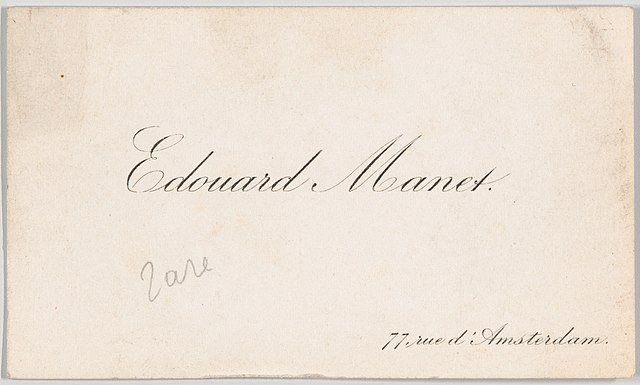
The calling cards were arguably traced back to 15th century in China, and widely used among upper class in Britain, Europe, and east of United States during 19th and 10th centuries.
In 19th-century Europe, nobles had adopted the 'calling card' as a way to announce their intention to visit another noble or aristocrat. This also served as a formal introduction before their appearance, which was an etiquette of utmost importance at the time.
Usually, the visitor would bring a calling card and deliver it to the servant of the house. If the visitor handed the card in person, the corner would be folded up around the calling card. Then the servant would hand the calling card to the host.
It would not result in a face-to-face meeting for the first time. The visitor will leave after handing out the calling card and wait. The strict social rule could avoid awkward situations.
The calling card receiver would then have to decide whether to accept the meeting and start forming a friendship among the aristocracy. If the recipient wished to start a friendship, a calling card will be handed to the visitor in the same manner; on the contrary, there would be no response or calling card would be returned inside an envelope.
The History of Business Cards
Historically, the use of business cards dated back to ancient China, where aristocracy used 'Meishi' as a formal announcement of a visit.
By the end of the 18th century to the early 19th century when humankind went through the Industrial Revolution, the 'calling card' practice had evolved, and now the merchant class had adopted it to become 'business cards'.
With the cost of paper and ink steadily on the decline, lower-middle-class people start adopting the practice as a way to 'advertise' their business and provide other merchants and businessmen with their addresses and contact information.
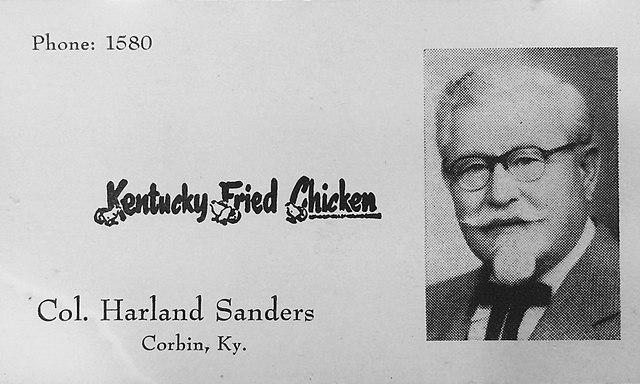
Advancements in printing technology, such as lithography, allowed for more intricate and mass-produced business cards.
With the rise of businesses and trades necessitated a more practical approach to exchanging contact information, thus leading to the adoption of business cards by the merchant class. In today's world, business cards have steadily evolved to take up many different forms, but the premise remains the same: informing card receivers of who you are and how to reach you.
Part 3: Calling Card vs Business Card: Design and Content
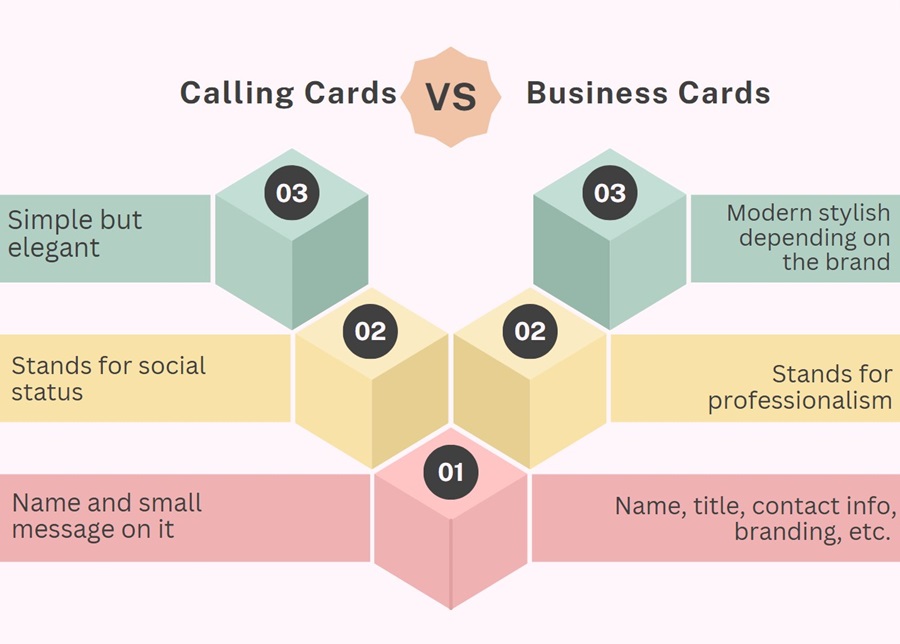
Calling Card Designs and Content
In terms of the card's size proportions, calling cards typically were in smaller form factors so they were compact and didn't really include too much on the card. Calling cards usually only include the name and sometimes a small message.
But the most important aspect of a calling card was the design. What typography it used and the elements to embellish the card were important signals to card receivers that could ascertain whether someone was worth meeting.
In general, calling cards came in various designs and styles that reflected the social status, personal taste, and cultural norms. The typical size of a calling card is small and rectangular around 3.5 x2 inches.
The more intricately designed the business card was, the higher standing the sender's social class was. For instance, the calling cards in Victorian era is elaborate and popular among the nobles.
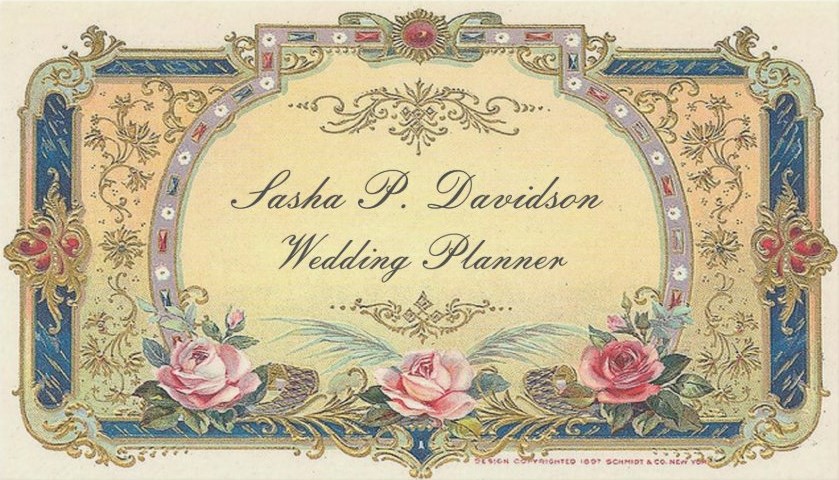
Image from zazzle.com
Some examples of common styles of calling cards:
- Victorian elegance: Highly ornate with elaborate fonts, decorative borders, and family crests. These were often used by ladies of fashion.
- Minimilist: simpler fonts and fewer decorative elements, and some with fancy designs and materials. These were often used by gentlemen.
Simply put, the content of a calling card is quite simple but the design is relatively elegant.
Business Card Designs and Content
Similar to calling cards, business cards also originated with humble beginnings, only including a name and a symbol to indicate the business or service.
Eventually, modern business cards usually contain the name, title, company, address, and contact information on it.
And how about the design of the business cards? What's the difference of it compared with calling cards.
Business cards have similar size and shape with calling cards, but some business cards use non-standard shapes, such as square, circular, or custom fir-cut to stand out. And they steadily became more intricate, using wondrous and eye-catching designs paired with bright and vibrant colors.
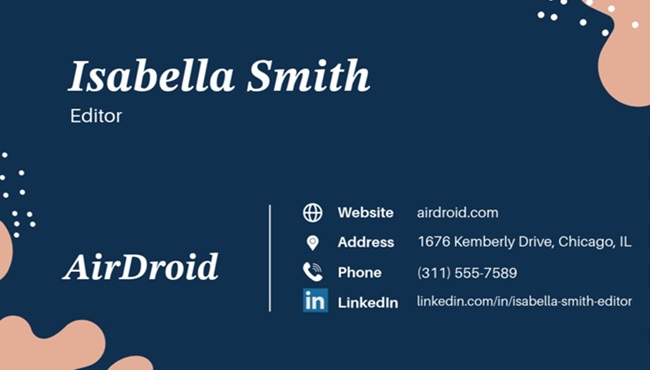
The commonly-seen styles of business cards include:
- Corporate Professional: Clean, straightforward design with a focus on the brand and professionalism.
- Creative and Artistic: Bold colors, unique shapes, and artistic fonts for creative industries.
- Luxury: High-end materials like metal with finishes like embossing, foil stamping, and spot UV coating.
Part 4: Calling Card vs Business Card: Modern Relevance
Suffice it to say that in an ever-advancing and modern world, the 'relevance' of calling cards has greatly diminished. They are not as prevalent today as they were used back in the 19th - 20th centuries.
When you could opt for the ease and convenience of sending someone a DM, why would you bother 'announcing' yourself with a calling card?
But surprisingly, the practice isn't dead yet, and rarely, you'll see calling cards in some niche uses as a form of 'tradition' or for more formal occasions. For example, some people collect vintage or uniquely-designed visiting cards as a hobby, and use these calling cards in specific collection cultural etiquette.
On the other hand, business cards are still very relevant in today's professional landscape and it doesn't seem like it's going away anytime soon. They're still widely shared among working professionals and businesses as an effective tool for networking.
However, that said, while business cards retain their relevance, there are an increasing number of advancements looking to displace the use of business cards like reusable NFC cards and digital business cards.
Part 5: Streamline Networking Management withAI Business Cards
From what we've gathered so far, what about the future of business cards? We've mentioned a few examples already, like NFC cards, QR code cards, and digital business cards. But in 2024, we're rapidly approaching a time when AI is commonplace and available in all forms.
ChatInsight AI business card helps include as much information as possible and update the information in real time. And guess what? You can even share your schedule to your clients so that they can book a meet with you.
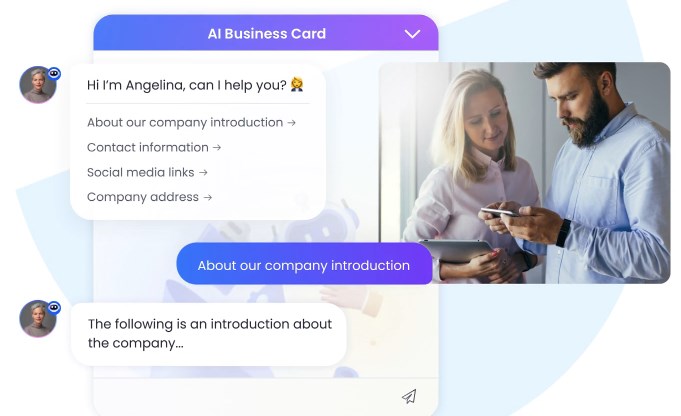
Part 6: Summary
We've gone over quite a bit in deciphering the difference between a calling card and a business card and we hope you've got a better understanding of the two.
While business cards are in part an evolution of calling cards, it's only a matter of time before we shift over from traditional paper cards to more robust and versatile digital counterparts like AI business cards!








Leave a Reply.